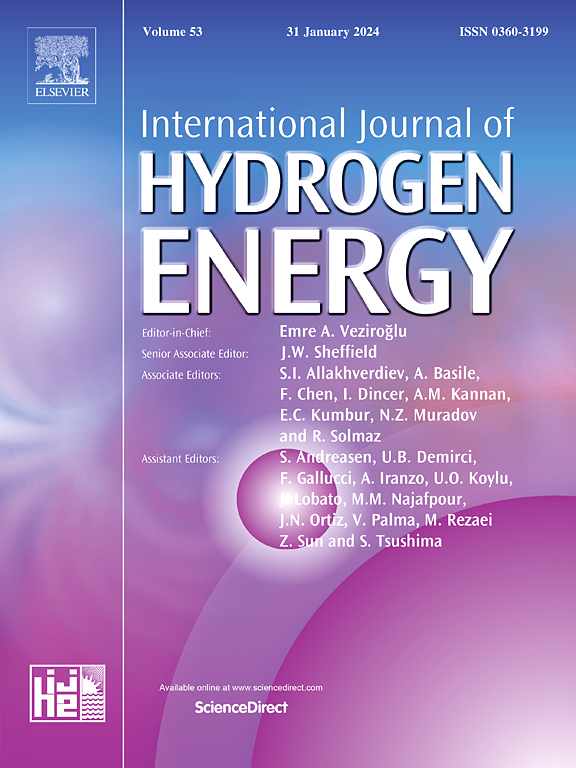基于 OpenFOAM 的新型气体和固体氚输运三维耦合代码的开发与验证
IF 8.1
2区 工程技术
Q1 CHEMISTRY, PHYSICAL
引用次数: 0
摘要
对于使用氘和氚作为燃料的聚变反应堆来说,由于氚的放射性,氚的泄漏会对环境和人员造成威胁。因此,氚在聚变反应堆整个运行过程中的迁移是评估聚变工厂安全性的一个重要因素。这项工作介绍了氚在气相和固相中的三维氚输运模型,并开发了基于 OpenFOAM 的耦合输运代码。气相输运模型通过氦注入试验进行了验证,稳态值偏差在±10%以内。还设置了一系列案例来验证固相输运模型。验证结果与分析值和 TMAP 进行了比较,相对偏差在 1%以内。此外,还重现了铍中氘的气体驱动渗透(GDP)实验和热吸收/解吸实验,以进一步验证,结果与实验值吻合良好。所有验证和确认结果表明,新开发的三维代码可以捕捉氚在不同情况下的输运行为。本文章由计算机程序翻译,如有差异,请以英文原文为准。
Development and verification of a new 3D coupled code for tritium transport in gas and solid based on OpenFOAM
For fusion reactors using deuterium and tritium as fuel, the leakage of tritium poses a threat to the environment and personnel due to its radioactivity. Therefore, tritium transport throughout the operation of fusion reactors is an important factor in evaluating the safety of fusion plants. This work introduces a 3D tritium transport model for tritium in gas and solid phases and develops a coupled transport code based on OpenFOAM. The gas-phase transport model is validated using helium injection tests, with deviation in the steady-state values within ±10%. A series of cases are set up to verify the solid-phase transport model. The validation results were compared with analytical value and TMAP, with relative deviation within 1%. Furthermore, reproducing the gas-driven permeation (GDP) experiment and the thermal absorption/desorption experiment of deuterium in beryllium to further validate, with results matching well with experimental values. The all verification and validation results show that the new developed 3D code can capture the transport behaviors of tritium in different scenarios.
求助全文
通过发布文献求助,成功后即可免费获取论文全文。
去求助
来源期刊

International Journal of Hydrogen Energy
工程技术-环境科学
CiteScore
13.50
自引率
25.00%
发文量
3502
审稿时长
60 days
期刊介绍:
The objective of the International Journal of Hydrogen Energy is to facilitate the exchange of new ideas, technological advancements, and research findings in the field of Hydrogen Energy among scientists and engineers worldwide. This journal showcases original research, both analytical and experimental, covering various aspects of Hydrogen Energy. These include production, storage, transmission, utilization, enabling technologies, environmental impact, economic considerations, and global perspectives on hydrogen and its carriers such as NH3, CH4, alcohols, etc.
The utilization aspect encompasses various methods such as thermochemical (combustion), photochemical, electrochemical (fuel cells), and nuclear conversion of hydrogen, hydrogen isotopes, and hydrogen carriers into thermal, mechanical, and electrical energies. The applications of these energies can be found in transportation (including aerospace), industrial, commercial, and residential sectors.
 求助内容:
求助内容: 应助结果提醒方式:
应助结果提醒方式:


